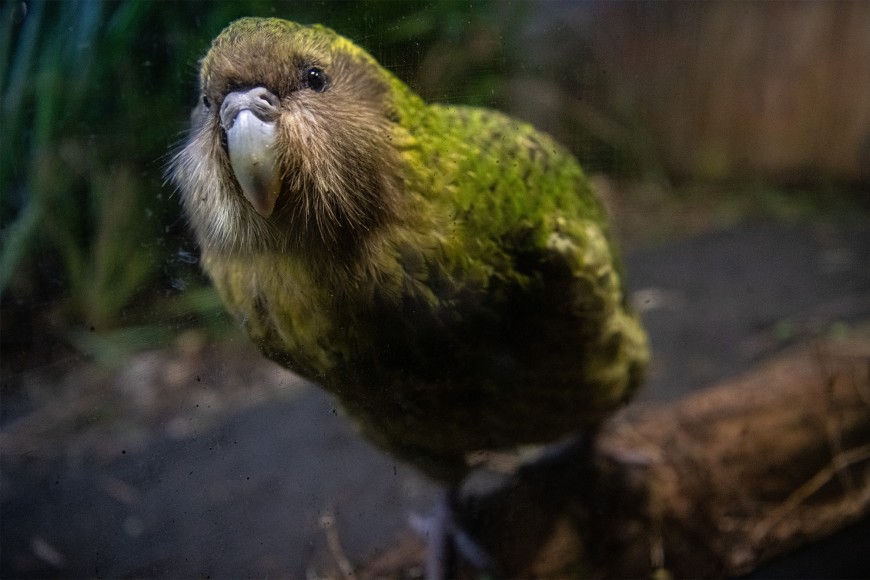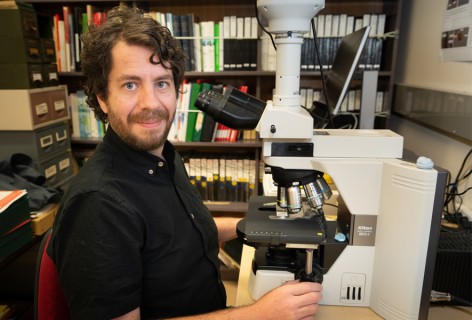Recent work led by Dr Alex Boast and Dr Janet Wilmshurst from the Long-Term Ecology Laboratory has expanded the potential sites for future kākāpō population recovery.
Ancient DNA and pollen analyses of preserved kākāpō coprolites (droppings) revealed that the birds were historically eating almost twice the range of plants they are known to consume at present, including seeds and leaves of southern beech as well as nutrient-rich beech mistletoes, and therefore their dietary range and habitat was much wider than it is today. As a direct result of this study, the Department of Conservation (DOC) is now considering beech forest within its candidate sites for the future management of kākāpō, representing a considerable increase in suitable locations.


